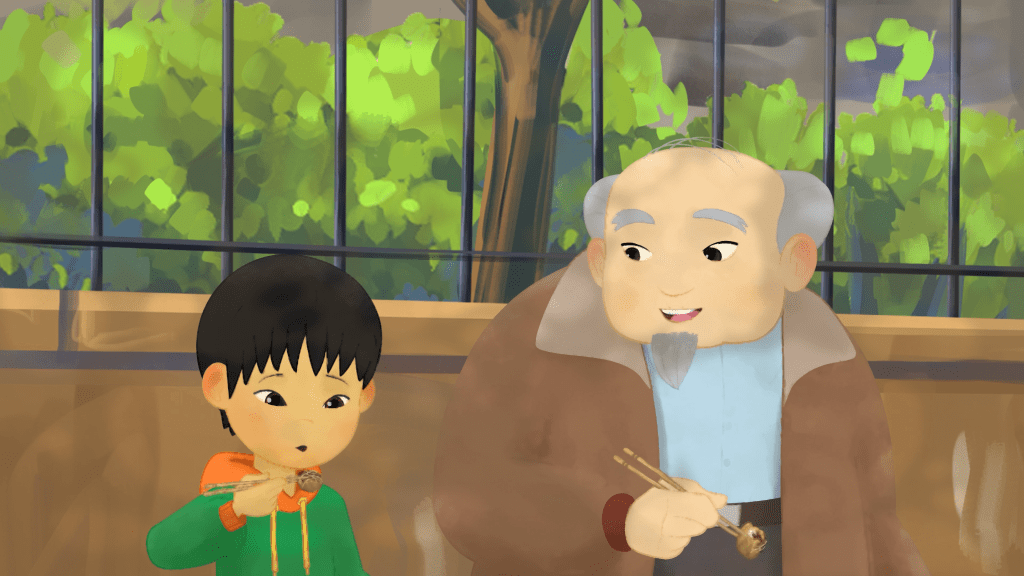Exploring Identity: Why a Brazilian-Japanese Director Shunned Anime
In the vibrant landscape of global animation, the intersection of cultures often gives birth to unique artistic expressions. One such perspective is that of Mariana Yamamoto, a Brazilian-Japanese director whose groundbreaking work defies traditional anime conventions. In an exclusive interview, Yamamoto reveals the personal and cultural reasons that influenced her decision to steer clear of the familiar anime aesthetic.
A Cultural Mosaic
Yamamoto’s identity is a rich tapestry woven from her Brazilian upbringing and Japanese heritage. Growing up in São Paulo, she was immersed in the colorful culture of Brazil, where storytelling is often accompanied by vibrant visuals and rhythmic narratives. However, her Japanese roots instilled in her a profound respect for tradition and a deep appreciation for the subtleties of Japanese art.
“I never saw myself fully represented in the anime I grew up with,” Yamamoto shares. “While I admire the artistry, I felt the need to explore narratives that resonate more with my own experiences.” This sentiment is echoed by many in the diaspora who grapple with the complexities of identity, feeling caught between two worlds. Yamamoto’s work serves as a medium to express this duality.
Breaking Free from Conventions
The decision to avoid traditional anime styles was, for Yamamoto, an act of liberation. “Anime has its conventions, and while they are beautiful, they often don’t encompass the breadth of my experiences,” she explains. Her goal is to create a narrative that feels authentic to her identity, rather than conforming to a genre that, in her view, can sometimes be restrictive.
This choice opens a dialogue about the broader implications of cultural representation in media. As global audiences become more diverse, the demand for stories that reflect varied experiences grows stronger. Yamamoto’s work exemplifies this shift, illustrating that animation can transcend cultural boundaries while still honoring individual heritage.
The Unique Narrative
Yamamoto’s films are characterized by a distinctive visual style that draws from both Brazilian folklore and Japanese aesthetics. By melding these influences, she creates a narrative that is both familiar and foreign, allowing viewers to engage with her work on multiple levels. “I want my audience to feel they are part of the story,” she states. “Each frame is an invitation to explore the complexities of identity.”
In her latest project, titled “Between Two Worlds,” Yamamoto delves into themes of belonging and cultural duality. The film follows a young girl navigating her Brazilian roots while discovering her Japanese heritage. Through this narrative, she aims to address the often-overlooked experiences of individuals who straddle multiple cultures.
Looking Ahead
The evolution of Yamamoto’s work signifies a promising future for animation that embraces diverse narratives. As she continues to carve her niche, her approach challenges the status quo and encourages other creators to explore their own identities through art.
“I hope to inspire others to tell their stories, regardless of whether they fit into traditional molds,” she asserts. “There is immense power in authenticity.” As the animation industry continues to evolve, the need for unique voices will only grow, paving the way for a richer, more inclusive artistic landscape.
Conclusion
Mariana Yamamoto’s decision to shun traditional anime styles is not merely a personal choice; it is a reflection of a broader cultural movement towards authenticity and representation. By embracing her Brazilian-Japanese heritage, she invites audiences to explore the nuances of identity and belonging.
As the world becomes increasingly interconnected, the stories we tell will shape our understanding of ourselves and others. Yamamoto’s journey reminds us of the importance of embracing our unique narratives and the power they hold in bridging cultural divides.
See more CNET Live

